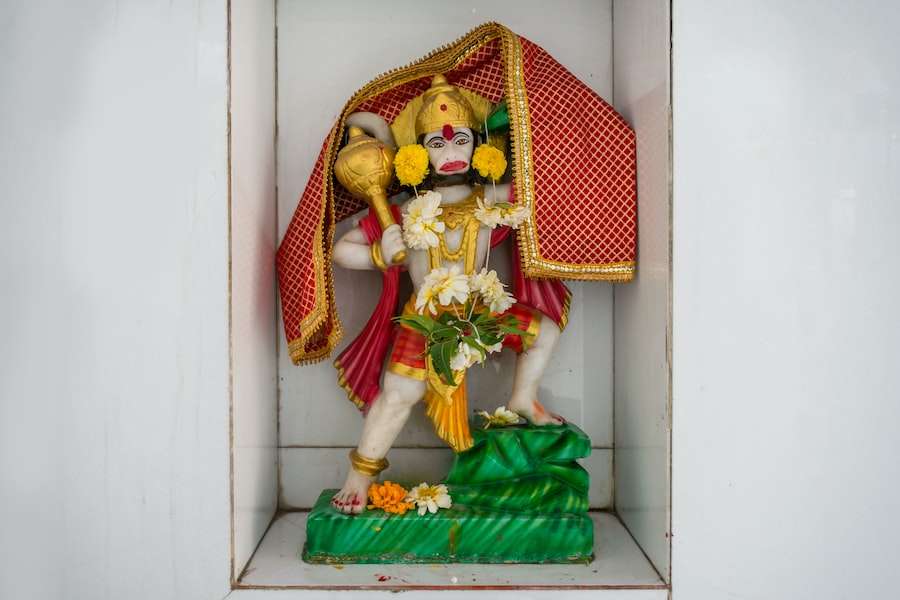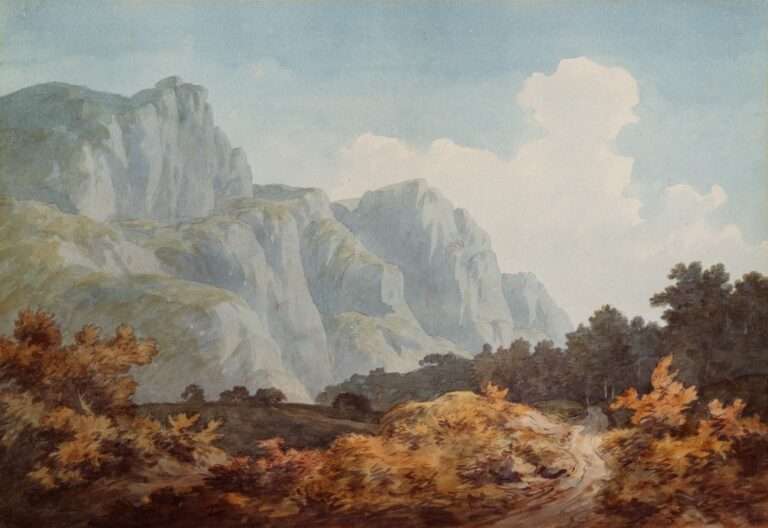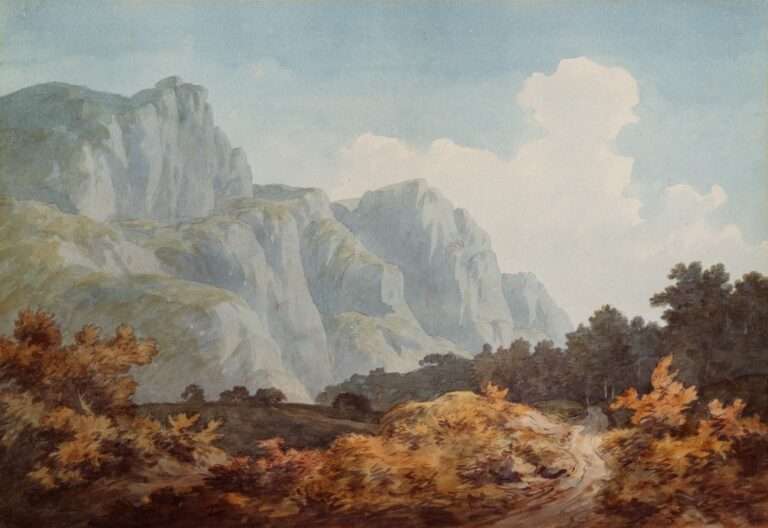Unveiling the Sculpture Symbolism in Art

Symbolism in sculpture art refers to the use of objects, colors, materials, and forms to convey meaning and evoke emotions. It is a powerful tool that artists use to communicate their ideas and engage viewers on a deeper level. Symbolism has been an integral part of sculpture art throughout history, allowing artists to express complex concepts and narratives that may be difficult to convey through realistic representation alone.
The importance of symbolism in sculpture art lies in its ability to transcend the physical form and tap into the realm of the abstract and conceptual. By using symbols, artists can communicate universal themes and emotions that resonate with viewers across time and cultures. Symbolism adds depth and layers of meaning to a sculpture, inviting viewers to interpret and engage with the artwork on a personal level.
In this article, we will explore the evolution of sculpture symbolism through history, the role of context in interpreting symbolism, the significance of color and material, the influence of mythology and religion, the use of animals, the representation of human emotions, the symbolism of shapes and forms, and the influence of culture and society. By examining these various aspects, we can gain a deeper understanding of how symbolism has shaped sculpture art and continues to be a powerful tool for artistic expression.
The Evolution of Sculpture Symbolism through History
Symbolism in sculpture art has been present since ancient civilizations. In ancient Egypt, for example, sculptures were often used as funerary objects and were imbued with symbolic meaning to guide the deceased into the afterlife. The use of hieroglyphs and animal motifs conveyed specific messages about the individual’s status and beliefs.
During the Renaissance and Baroque periods, there was a shift towards realism in sculpture art. However, symbolism still played a significant role in conveying religious narratives and ideals. Sculptures such as Michelangelo’s “David” or Bernini’s “Ecstasy of Saint Teresa” used realistic forms to depict biblical stories and evoke spiritual emotions.
In modern and contemporary sculpture, artists began to experiment with symbolism in new ways. The focus shifted from religious and mythological themes to more personal and abstract concepts. Artists like Auguste Rodin and Constantin Brancusi used symbolism to explore human emotions and the human condition, creating sculptures that were open to interpretation and invited viewers to engage with their own experiences.
The Importance of Context in Interpreting Sculpture Symbolism
The context in which a sculpture is displayed can greatly influence its symbolism. A sculpture placed in a museum or gallery may be interpreted differently than the same sculpture placed in a public park or a religious setting. The surrounding environment, the audience, and the intended purpose of the sculpture all contribute to its meaning.
For example, a sculpture of a bird may symbolize freedom and liberation when displayed in a natural setting, but it may take on a different meaning when placed in an urban environment where birds are often seen as pests or nuisances. Similarly, a religious sculpture displayed in a museum may lose some of its intended symbolism if it is removed from its original religious context.
The interpretation of sculpture symbolism is also subjective and can vary from person to person. Each viewer brings their own experiences, beliefs, and cultural background to their understanding of a sculpture. This diversity of interpretations adds richness and depth to the artwork, allowing it to resonate with a wide range of viewers.
The Significance of Color and Material in Sculpture Symbolism
Color and material play an important role in enhancing or changing the meaning of a sculpture. Different colors evoke different emotions and can convey specific messages. For example, red is often associated with passion or danger, while blue is often associated with calmness or spirituality.
Similarly, the choice of material can add layers of meaning to a sculpture. Marble, for example, has been traditionally associated with classical beauty and elegance, while bronze is often used to convey strength and durability. The texture and weight of a material can also influence the viewer’s perception of the sculpture and its symbolism.
An example of color and material symbolism can be seen in the work of artist Louise Bourgeois. Her sculpture “Maman” is a giant spider made of bronze. The choice of bronze gives the sculpture a sense of strength and permanence, while the color black adds a sense of mystery and intrigue. The spider itself is a symbol of maternal protection and nurturing, but it also carries connotations of fear and danger.
The Role of Mythology and Religion in Sculpture Symbolism
Mythology and religion have long been sources of inspiration for sculpture artists. Throughout history, sculptures have been used to depict gods, goddesses, and religious narratives. These sculptures often carry deep symbolic meaning, representing divine power, spiritual beliefs, or moral values.
In ancient Greece, for example, sculptures of gods and goddesses were created to honor and worship these deities. Each god or goddess had specific attributes and symbols associated with them, which were depicted in the sculptures. These symbols helped viewers identify the deity and understand their role in mythology.
Religious sculptures also carry symbolic meaning. In Christianity, for example, sculptures of Jesus on the cross symbolize sacrifice and redemption, while sculptures of the Virgin Mary symbolize purity and motherhood. These sculptures serve as visual representations of religious teachings and help believers connect with their faith on a deeper level.
The Use of Animals in Sculpture Symbolism

Animals have been used symbolically in sculpture art throughout history. Each animal carries its own set of symbolic meanings, often associated with their characteristics or behaviors. Animals can represent specific qualities such as strength, wisdom, loyalty, or cunning.
In ancient Egypt, animal symbolism was prevalent in sculpture art. The sphinx, for example, was a mythical creature with the body of a lion and the head of a human or animal. It symbolized power, protection, and wisdom. The scarab beetle was also a common symbol, representing rebirth and regeneration.
In contemporary sculpture, artists continue to use animal symbolism to convey their ideas. For example, artist Jeff Koons often incorporates balloon animals in his sculptures, which symbolize childhood innocence and playfulness. These sculptures invite viewers to reflect on the fleeting nature of happiness and the loss of innocence.
The Representation of Human Emotions in Sculpture Symbolism
Human emotions have been depicted symbolically in sculpture art throughout history. Artists use various techniques to convey emotions such as joy, sadness, anger, or love. These emotions can be expressed through the pose, facial expression, or body language of the sculpture.
In ancient Greece, sculptures often depicted idealized human forms that conveyed a sense of balance and harmony. These sculptures aimed to evoke a sense of calmness and serenity in the viewer. In contrast, sculptures from the Baroque period often depicted intense emotions such as ecstasy or agony, using exaggerated poses and facial expressions.
In contemporary sculpture, artists continue to explore the representation of human emotions. For example, artist Ron Mueck creates hyperrealistic sculptures that depict individuals in vulnerable or emotional states. These sculptures invite viewers to empathize with the human condition and reflect on their own emotions and experiences.
The Symbolism of Shapes and Forms in Sculpture
Shapes and forms can convey meaning in sculpture art. Artists use various geometric shapes and organic forms to create visual compositions that evoke specific emotions or ideas. The choice of shape or form can influence the viewer’s perception of the sculpture and its symbolic meaning.
For example, a sculpture with sharp angles and jagged edges may convey a sense of tension or aggression, while a sculpture with smooth curves and flowing lines may evoke a sense of calmness or grace. The size and scale of a sculpture can also contribute to its symbolic meaning. A large, imposing sculpture may convey power or dominance, while a small, delicate sculpture may symbolize fragility or vulnerability.
An example of shape and form symbolism can be seen in the work of artist Henry Moore. His sculptures often feature abstract, organic forms that evoke a sense of movement and vitality. These forms invite viewers to explore the sculpture from different angles and engage with its dynamic energy.
The Influence of Culture and Society on Sculpture Symbolism
Culture and society have played a significant role in shaping sculpture symbolism. Different cultures have their own set of symbols and meanings that are deeply rooted in their traditions, beliefs, and values. These symbols are often reflected in the art of the culture, including sculpture.
For example, in Chinese culture, dragons are considered symbols of power, strength, and good luck. Dragon sculptures are often found in temples and palaces, symbolizing the emperor’s authority and protection. In African culture, masks are used in religious ceremonies and rituals to connect with ancestral spirits. These masks often carry symbolic meanings related to fertility, protection, or initiation.
Sculpture art also reflects societal values and concerns. In times of social change or political unrest, artists often use sculpture as a means of protest or commentary. For example, during the civil rights movement in the United States, artists created sculptures that depicted African American figures as symbols of resilience and resistance against racial discrimination.
The Enduring Power of Sculpture Symbolism in Art
In conclusion, symbolism plays a crucial role in sculpture art by adding depth and layers of meaning to the artwork. Throughout history, artists have used symbolism to convey complex concepts, evoke emotions, and engage viewers on a deeper level. The evolution of sculpture symbolism can be seen through different periods and styles, from ancient civilizations to modern and contemporary art.
The context in which a sculpture is displayed, the choice of color and material, the influence of mythology and religion, the use of animals, the representation of human emotions, the symbolism of shapes and forms, and the impact of culture and society all contribute to the meaning and interpretation of sculpture symbolism.
Despite the changing trends and styles in art, symbolism continues to be a powerful tool for artistic expression. It allows artists to communicate universal themes and emotions that resonate with viewers across time and cultures. The enduring power of sculpture symbolism lies in its ability to transcend the physical form and tap into the realm of the abstract and conceptual, inviting viewers to interpret and engage with the artwork on a personal level.
If you’re interested in exploring the symbolism behind sculptures, you might also enjoy reading about the symbolism of the star. Stars have been used as symbols in various cultures and religions throughout history, representing guidance, enlightenment, and divine presence. To delve deeper into this topic, check out this fascinating article on SymbolismHub.
FAQs
What is sculpture symbolism in art?
Sculpture symbolism in art refers to the use of sculptural forms to represent or convey ideas, emotions, or messages beyond their literal or physical appearance.
What are some examples of sculpture symbolism in art?
Examples of sculpture symbolism in art include Rodin’s “The Thinker,” which represents the human condition of contemplation and reflection, and Michelangelo’s “David,” which symbolizes the triumph of good over evil.
What are the different types of sculpture symbolism in art?
The different types of sculpture symbolism in art include allegory, metaphor, and iconography. Allegory uses symbolic figures or actions to represent abstract ideas or moral qualities. Metaphor uses one object or idea to represent another, while iconography uses specific symbols or images to represent particular concepts or ideas.
What is the significance of sculpture symbolism in art?
Sculpture symbolism in art allows artists to communicate complex ideas and emotions through visual means. It also allows viewers to interpret and engage with the artwork on a deeper level, as they decipher the symbolic meaning behind the sculptural forms.
How has sculpture symbolism in art evolved over time?
Sculpture symbolism in art has evolved over time, reflecting changes in cultural, social, and political contexts. For example, during the Renaissance, sculptures often depicted religious or mythological themes, while in the 20th century, artists began to use sculpture to comment on contemporary issues and challenge traditional artistic conventions.





